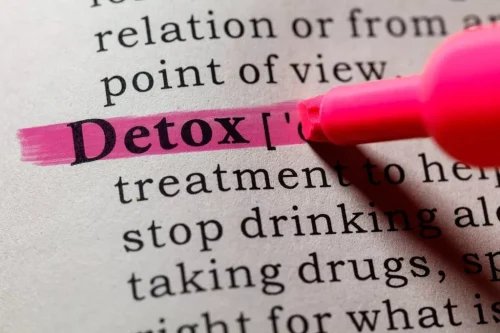
However, patients with severe AH not responding to medical therapy cannot afford to meet this requirement given their short-term mortality at 1 month from presentation as high as 50% (96). The lack of effective rescue medical therapies for non-responders to prednisolone provides the rationale for considering early LT. Important causes of patient morbidity and mortality among transplant recipients for alcoholic cirrhosis are development https://ecosoberhouse.com/ of de-novo malignancy or cardiovascular complications. Oxidative stress is a major player in the pathogenesis of ALD and AH (129). Antioxidant cocktails and vitamin E examined earlier have not shown beneficial effects in the management of severe AH (88,130,131). N-acetylcysteine infusion showed improved survival at 1 month, when used as an adjuvant to prednisolone in a multicenter randomized controlled study (132).
What symptoms are associated with alcoholic liver cirrhosis?

Participation in an alcohol use disorder treatment program can help you achieve this important goal. With complete alcohol avoidance and time to recover, the liver can often heal some of its damage from alcohol, allowing you to return to a normal life. The scarring from cirrhosis is sometimes partially reversible.
- Free radicals initiate lipid peroxidation, which causes inflammation and fibrosis.
- Alcoholic liver disease is damage to the liver and its function due to alcohol abuse.
- These findings suggest that UA may serve as a functional component in the prevention of alcoholic liver disease.
- Hepatocytes are classically ballooned, which causes compression of the sinusoid and reversible portal hypertension.
How long can you live with cirrhosis of the liver if you keep drinking?
Granulocyte-colony stimulating factor has been proposed as an agent to stimulate liver regeneration in patients with alcoholic hepatitis by promoting migration of bone marrow derived stem cells into the liver. A single center study from India showed a survival benefit in patients treated with granulocyte-colony stimulating factor at 90 days. Its use in patients with alcoholic hepatitis is however experimental.
When Does Alcoholic Liver Disease Cause Symptoms?
- Many people with ALD are malnourished (lacking proper nutrition) due to a variety of factors, such as lack of eating, vomiting, and malabsorption (difficulty absorbing nutrients from food).
- According to the National Institute on Alcohol Abuse and Alcoholism, this finding is present in over 80 percent of ARLD patients.
- Excessive alcohol consumption can cause fat to build up in your liver.
- Cirrhosis is further categorized as compensated and decompensated.
Despite the known hepatotoxic effect of alcohol use, the field lacks availability of effective safe pharmacotherapies for management of ALD patients. Patients with ALD are suffering from two different disorders, namely AUD and liver disease. Hence, the treatment should involve integrated management targeting both the disorders. The disease is most common in people between 40 and 50 years of age. However, women may develop the disease after less exposure to alcohol than men.
- The early stages of alcohol-related liver disease typically have no symptoms.
- Most people will not experience symptoms in the early stages of ALD.
- To note that the above stages are not absolute or necessarily progressive.
- There is a clinical unmet need to develop more effective and safer therapies for patients with ALD.
This can mean 7 glasses of wine, 7 beers, or 7 shots of spirits. If your condition is caused by viral hepatitis, antiviral medication can prevent additional damage to your liver. It is possible to live for many years with cirrhosis without knowing that you have it. This is because the alcoholic liver disease early stage of cirrhosis (compensated cirrhosis) doesn’t usually cause symptoms, so you may not know that you need to seek treatment. Alcohol-related liver disease actually encompasses three different liver conditions. Liver disease can be passed through families, called inherited.

Novel Real-world Methods in Social Drinkers and AUD (ALR)


Liver transplant


